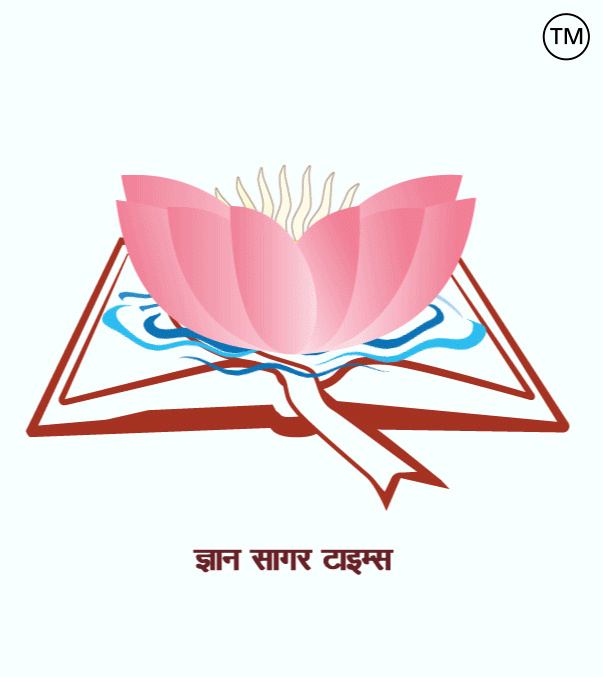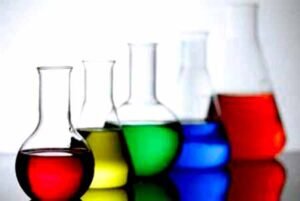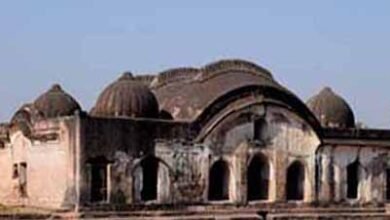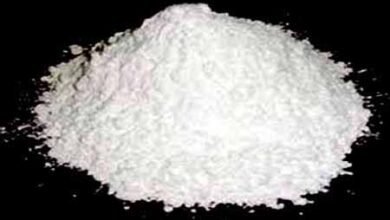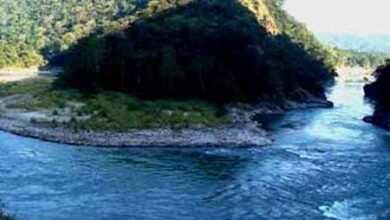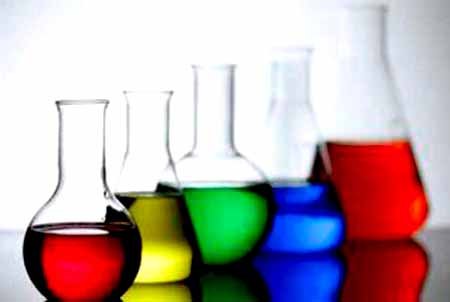
Related to Chemistry- 201.
|
1. Who formulated the modern periodic law? = Henry Moseley in 1913. 2. Who first created the periodic table? = Chemist Dmitri Mendeleev. 3. With which element does carbon form the most compounds? = Hydrogen. 4. The chemical formula of plaster of Paris is? = CaSO₄ ½H₂O. 5. The pH value of a neutral solution is? = 07. 6. The boiling point of chloroform is? = approximately 61°C to 62°C (or 334 K). 7. Which allotrope of carbon is used in making pencils? = Graphite. 8. When copper powder is heated in air, a layer of copper oxide forms on its surface. What is the colour of this layer? = It is black.. 9. Which substances do not contain oxygen? = Ammonia (NH₃), ethane (C₂H₆), common salt (NaCl), and kerosene. 10. The properties of an atom depend on? = The number and arrangement of electrons (electron configuration). 11. Oxidation does not occur? = Cannot occur without reduction. 12. Which metals are bad conductors of electricity? = Rubber, plastic, mica and glass. 13. Which reaction occurs? = Chemical reaction. 14. Which atom does not have a neutron in its nucleus? = Hydrogen atom. 15. What is the sum of the number of neutrons and protons called? = Mass number. 16. Which substance is formed by the action of chlorine gas on dry slaked lime? = Bleaching powder is formed. 17. Which gas is produced by the reaction of steam on iron? = Hydrogen gas. 18. What is the radioactive isotope of hydrogen called? = Tritium. 19. What is the function of catalyst promoters and catalyst poisons? = Catalyst promoters increase the rate of reaction, whereas catalyst poisons decrease the rate of reaction. 20. What is the reaction between an acid and a base called? = Neutralization reaction. 21. If a substance breaks down into two smaller, simpler molecules, the reaction will be? = It is called a decomposition reaction. 22. Are reactions that proceed in both directions? = Reversible reactions. 23. What increases the rate of a reaction? = Catalyst. 24. The conversion of FeCl3 to FeCl2 is called? = Reduction. 25. Enzymes are? = Biological catalysts (biocatalysts). 26. 2Mg + O2 → 2MgO In this reaction, magnesium metal is getting? = Oxidised. 27. Which sign is used for reversible reactions? = ⇆. 28. The reaction that is catalyzed by the product itself is called? = Autocatalyzed. 29. Name the catalyst that converts vegetable oil into vegetable ghee? = Nickel (Ni). 30. Zn + CuSO4 → ZnSO4 + Cu. This is an example of which type of reaction? = Single displacement reaction.
=========== ============ ============ रसायन विज्ञान से संबंधित– 201. 1. आधुनिक आवर्त नियमो का प्रतिपादन किसने किया था? = हेनरी मोसले ने 1913 में किया था. 2. आवर्त सारणी का निर्माण सर्वप्रथम किसने किया था? = रसायनज्ञ दिमित्री मेंडेलीव. 3. कार्बन तत्व द्वारा किसके साथ मिलकर सबसे अधिक योगिक बनाये जाते हैं? = हाइड्रोजन. 4. प्लास्टर आफ पेरिस का रासायनिक सूत्र होता है? = CaSO₄·½H₂O. 5. किसी उदासीन विलयन का pH मान होता है? = 07. 6. क्लोरोफॉर्म का क्वथनांक होता है? = लगभग 61°C से 62°C (या 334 K). 7. पेन्सिल बनाने में कार्बन के किस अपरूप का उपयोग किया जाता है? = ग्रेफाइट. 8. कॉपर चूर्ण को वायु में गर्म करने पर उसके सतह पर कॉपर ऑक्साइड की एक परत जम जाती है. इस परत का रंग कैसा होता है? = रंग काला होता है. 9. किस पदार्थ में ऑक्सीजन नहीं होता है? = अमोनिया (NH₃), ईथेन (C₂H₆), साधारण नमक (NaCl), और केरोसिन (मिट्टी का तेल). 10. किसी परमाणु के गुण निर्भर करते हैं? = इलेक्ट्रॉनों की संख्या और उनकी व्यवस्था (इलेक्ट्रॉन विन्यास) पर निर्भर करते हैं. 11. ऑक्सीकरण नहीं होता है? = अपचयन के बिना नहीं हो सकता. 12. कौन धातु होते हुए भी विद्युत का कुचालक होता है? = रबर, प्लास्टिक, अभ्रक और काँच. 13. कौन सी अभिक्रिया होती है? = रासायनिक अभिक्रिया. 14. किस परमाणु के नाभिक में न्यूट्रॉन नहीं होता है? = हाइड्रोजन परमाणु. 15. न्यूट्रॉन और प्रोटॉन के संख्याओं के योगफल को क्या कहते हैं? = द्रव्यमान संख्या. 16. शुष्क बुझा हुआ चूना पर क्लोरीन गैस की क्रिया से कौन-सा पदार्थ बनता है? = विरंजक चूर्ण (ब्लीचिंग पाउडर) बनता है. 17. लोहे पर भाप की अभिक्रिया से कौन-सा गैस उत्पन होता है? = हाइड्रोजन गैस. 18. हाइड्रोजन के रेडियोसक्रिय समस्थानिक को कहते हैं? = ट्रिटियम (Tritium). 19. उत्प्रेरक वर्धक व उत्प्रेरक विष का क्या कार्य है? = उत्प्रेरक वर्धक अभिक्रिया की दर को बढ़ाते हैं, वहीं उत्प्रेरक विष अभिक्रिया की दर को घटाते हैं. 20. अम्ल व क्षार की परस्पर अभिक्रिया कौन-सी अभिक्रिया कहलाती है? = उदासीनीकरण अभिक्रिया. 21. एक पदार्थ दो छोटे सरल अणुओं में टूटता है तो अभिक्रिया होगी? = अपघटन अभिक्रिया कहते हैं. 22. दोनों दिशाओं में होने वाली अभिक्रियाएँ हैं? = उत्क्रमणीय अभिक्रियाएँ. 23. अभिक्रिया के वेग को बढ़ाने वाले होते हैं? = उत्प्रेरक. 24. FeCl3 का FeCl2 में परिवर्तन कहलाता है? = अपचयन (Reduction). 25. एन्जाइम होते हैं? = जैविक उत्प्रेरक (बायोकैटेलिस्ट). 26. 2Mg + O2 → 2MgO इस अभिक्रिया में मैग्नीशियम धातु हो रहा है? = ऑक्सीकरण (oxidation) होता है. 27. उत्क्रमणीय अभिक्रियाओं के लिए किस चिन्ह का प्रयोग किया जाता है? = ⇆. 28. वह अभिक्रिया जो बनने वाले उत्पाद से ही उत्प्रेरित हो जाती हैं, कहलाती है? = स्वत: उत्प्रेरित. 29. वनस्पति तेल को वनस्पति घी में परिवर्तित करने वाले उत्प्रेरक के नाम बताइये? = निकल (Nickel, Ni). 30. Zn + CuSO4 → ZnSO4 + Cu यह किस प्रकार की अभिक्रिया का उदाहरण है? = एकल विस्थापन अभिक्रिया.
|

